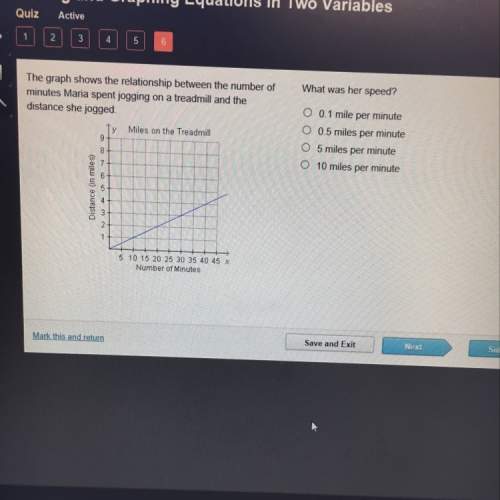
Mathematics, 27.07.2021 01:00 Superfamicom7748
The formula for the lateral surface area of a cone—that’s the surface that isn’t the base—is π × r × sqrt(h² + r²); h is the height of the cone and r is the radius of its base. A circular #2 pencil is 6 mm in diameter, and a pencil sharpener creates a cone-shaped end that is 20 mm in height. Find the surface area of the sharpened part of the pencil.

Answers: 2


Other questions on the subject: Mathematics

Mathematics, 21.06.2019 16:30, marbuscis99
Prove that the sum of two consecutive exponents of the number 5 is divisible by 30.if two consecutive exponents are 5n and 5n + 1, then their sum can be written as 30.
Answers: 1


Mathematics, 21.06.2019 23:50, lukecarroll19521
What is the cube root of -1,000p^12q3? -10p^4 -10p^4q 10p^4 10p^4q
Answers: 3
You know the right answer?
The formula for the lateral surface area of a cone—that’s the surface that isn’t the base—is π × r ×...
Questions in other subjects:

Chemistry, 05.02.2020 02:55




Biology, 05.02.2020 02:55



Biology, 05.02.2020 02:55





